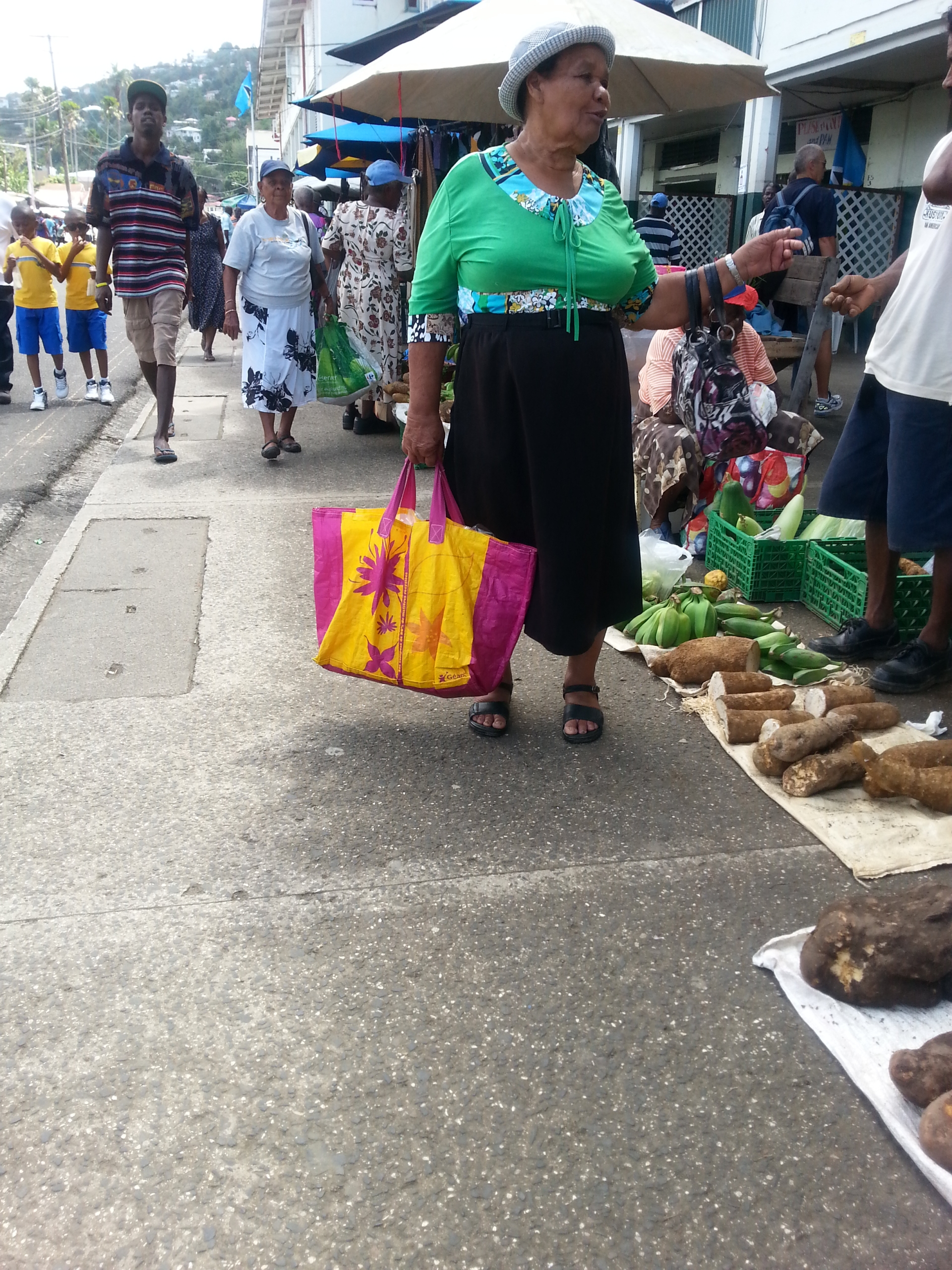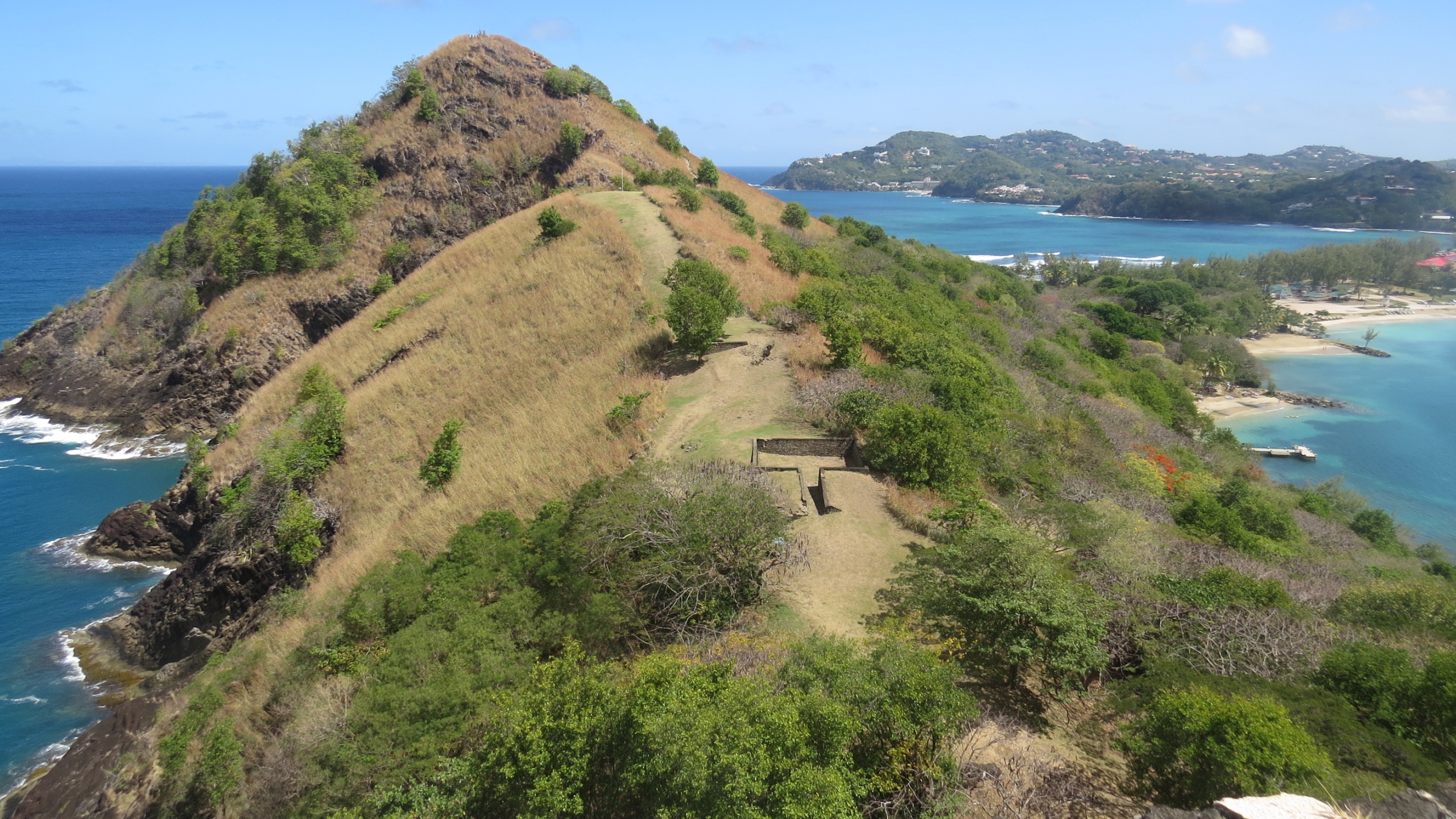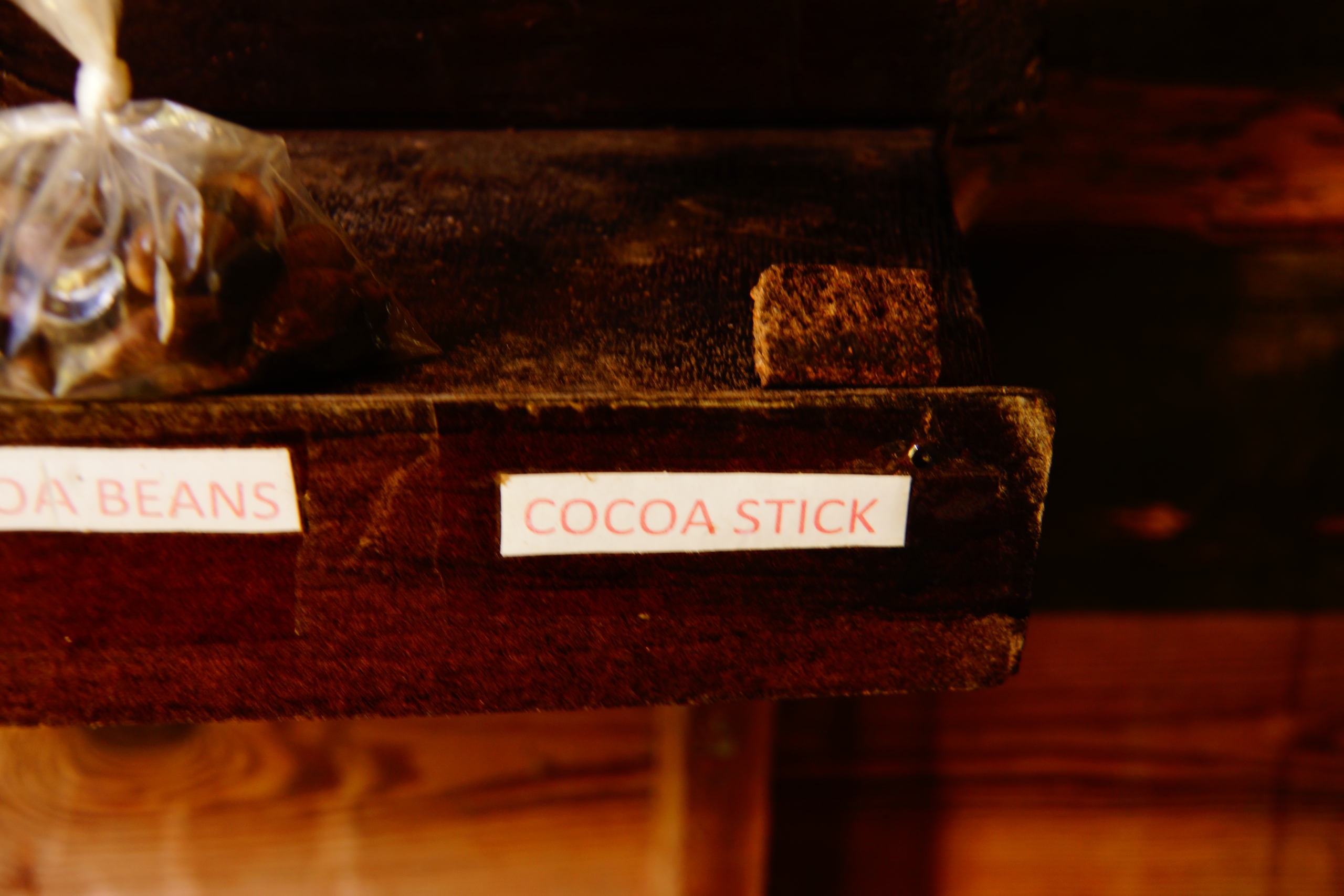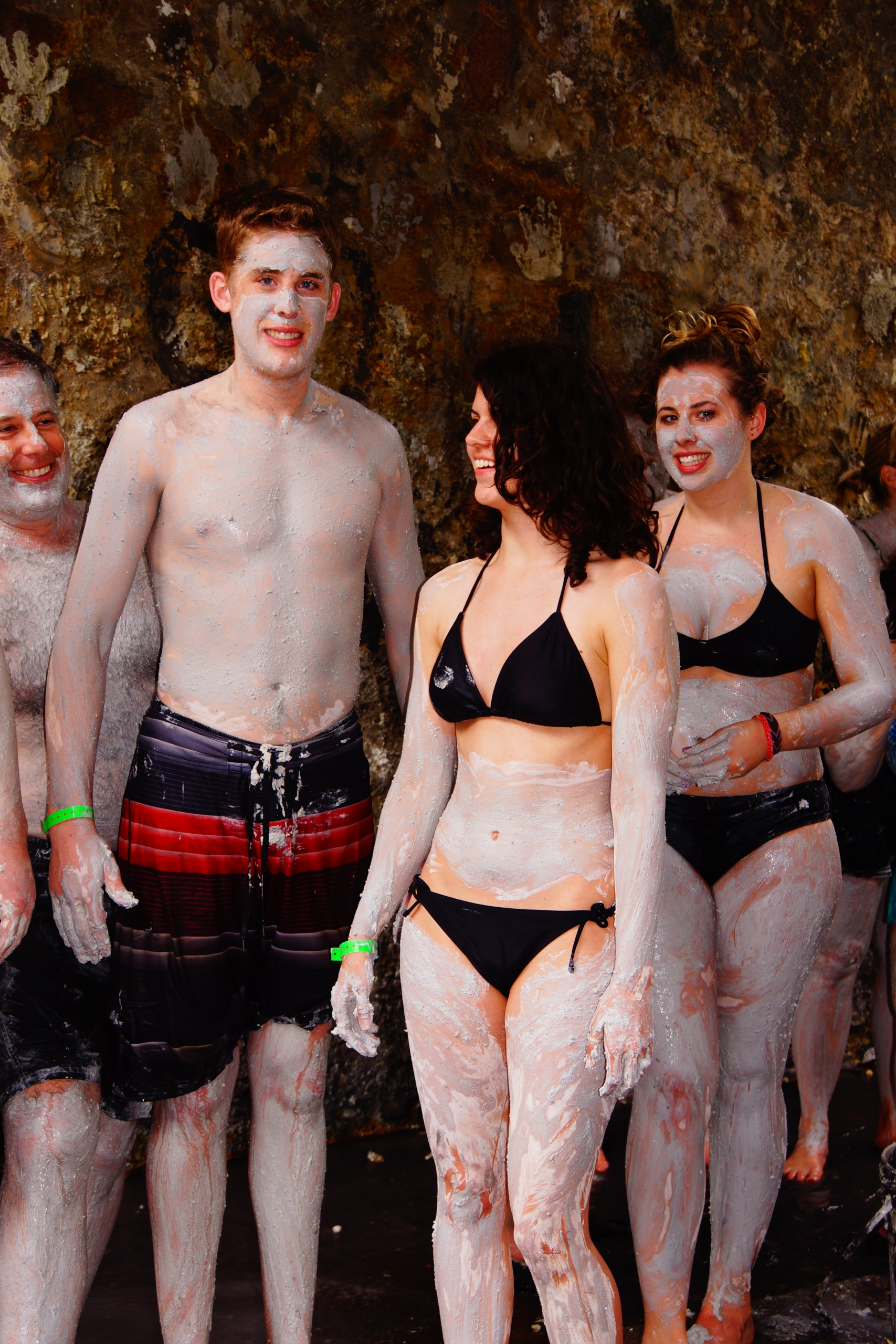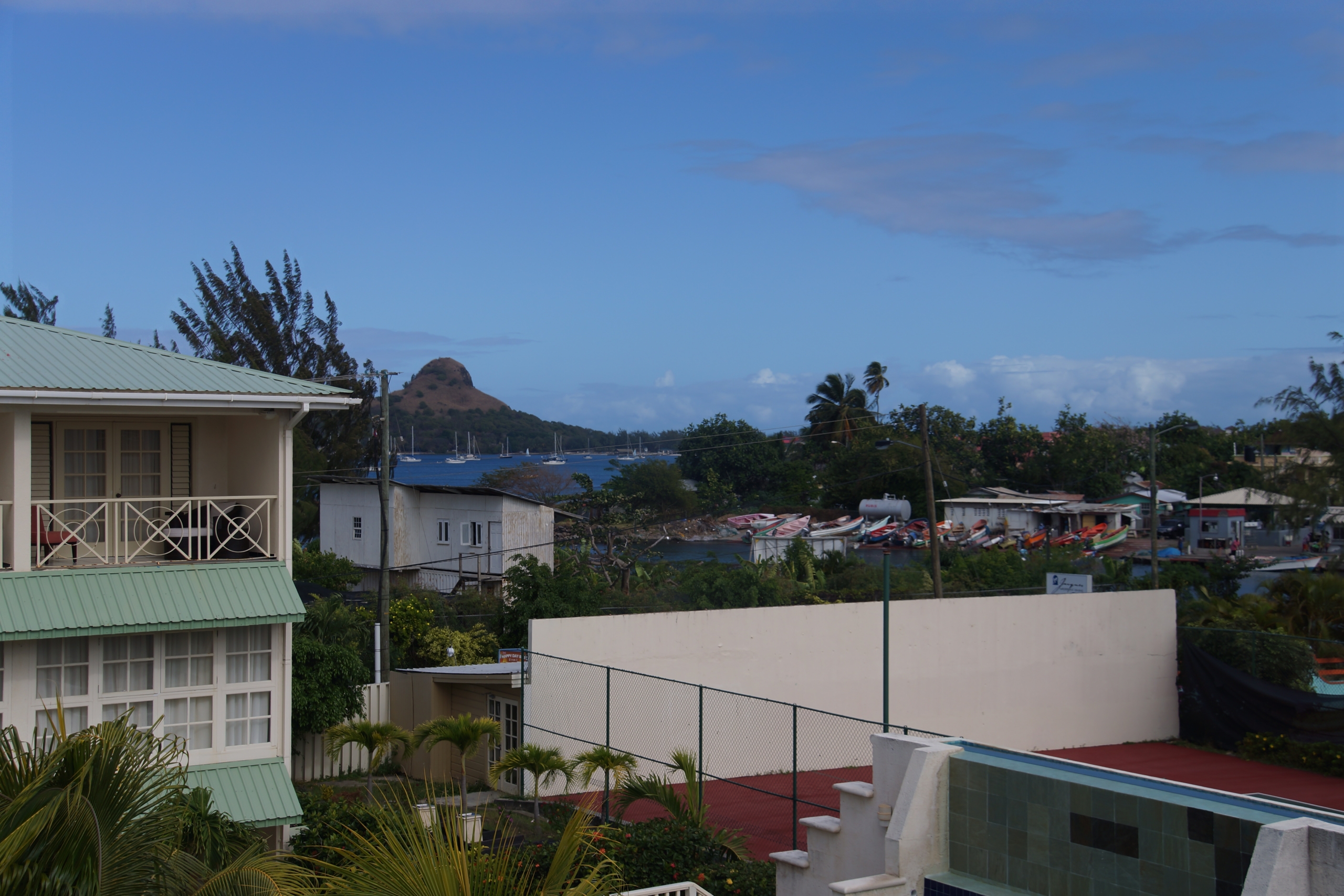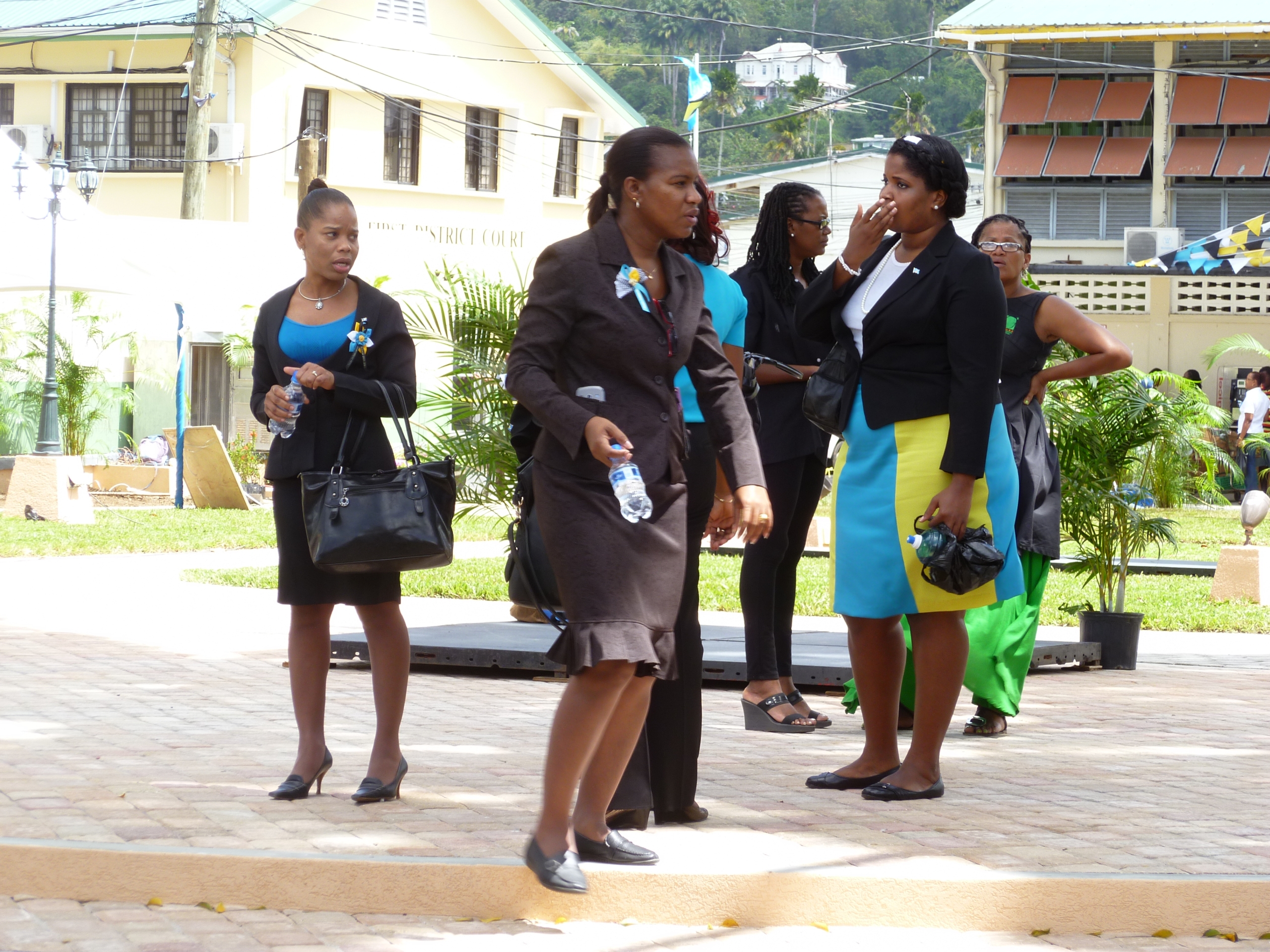CASTRIES
Castries is the capital of St Lucia. Unfortunately most of the historic buildings have been destroyed by several fires between 1785 and 1948. In the center of the city the spacious Derek Walcott Square features a 19th-century Catholic cathedral, standing in the shade of a 400-year-old samaan tree. For a peak at local life, nothing beats Castries’ fruit and vegetable market where dozens of stalls are piled high with bananas, plantains, coconuts, limes, breadfruit, soursop, dasheene and much else besides.
In the tourist-oriented craft market alongside cinnamon sticks, nutmeg balls, sticks of cocoa (for making hot chocolate) and bags of spices make affordable, easily portable souvenirs to take home.
Pigeon island
Pigeon Island – is no longer an island – a causeway was built in the 1970s – this national park is a lovely spot. Marked trails help you explore the ruins of Fort Rodney, built by the British in the 18th century.]A steep, sweaty climb to the top of the fort, on the lower of the island’s two hills, is repaid with glorious, 360-degree views – it was converted to a US signal station in World War Two. After climbing we have relaxed on one of the wonderful island’s beaches.
Close to the city of Soufriere, the Morne Coubaril Estate, an 18th century estate offers a great insight into the plantation world that dominated St Lucia for so long. You are guided through a small village of replica stick huts similar to those used two centuries ago by local villagers. The gardens around offer close-up views of the more popular local flora. the guide then leads up the estate driveway to present the manioc house where you receive a close-up live demonstration of the process to
make and bake cassava bread. The original and still in use Monplaisir family’s estate house offers great photo opportunities. Afterwards you are explained the process of de-husking a coconut and drying the copra in our oven before having a taste of coconut water and jelly. After this you have the opportunity to taste a ripe cocoa bean at the cocoa and coffee house before witnessing the process of fermentation, bean drying and the cocoa dance used to polish the dried beans. The tour climaxes with the mule-driven sugar cane mill.
Soufriere
The city of Soufriere was the longtime capital of St. Lucia. Today it is an important touristic center because the Pitons mountains, the diving and snorkeling area Anse Chastenet and the Sulphur Springs which are located closed to Soufriere. Close to the city of Soufriere, the two Piton Mountains, are UNESCO world heritage and are covered in vegetation. The mountains raise from the waves like pyramids of volcanic stone and dominate the horizon. They are a kind of national monument and are the most photographed landmark on the island.
The Soufriere Volcano in St. Lucia is considered as the only “drive-in” volcano in the world! It is locally known as the Sulphur Springs. The road runs right up to and through the crater of the volcano, which emits steam and sulfur with boiling mud and water bubbling away just a few meters from the tourists. Be prepared for the smell of rotten eggs! A little further down there are hot springs and mud baths with volcanic minerals and health-giving properties, which are reputed to have therapeutic qualities for the skin, the reason why the volcano attracts many tourists. You may not like the smell coming from the spring, or stand the heat for long, but your skin will thank you after a quick dip.
Marigot Bay
Fringed with mangroves and surrounded by lush, steep hills, this deep natural harbor is remarkably beautiful, and fancy yachts often moor in the so-called hurricane hole. Sheltered by towering palms and the surrounding hills the narrow inlet is said to have hidden the entire British fleet from its French pursuers. The bay has served as background for several Hollywood movies.
Hotel Blu, Rodnay Bay
We have lived three days in the hotel Habitat Terrace, Rodnay bay. The hotel is bad (no balcony, very small pool, a car is an absolute must etc) and the description in the web is fake!
Then we changed to: Hotel Blu, Rodnay Bay,
St Lucia is a green island with some interesting highlights. However we haven’t felt safe. In Rodnay Bay (which is a very touristic place) a beggar called my wife “white bitch” because she didn’t gave him money and another one tried to touch her in the night. I haven’t felt safe in Soufriere and Castries neither.
Since we didn’t see any evening entertainment or night life during our trip we were very happy to join the Friday night weekly jump-up in Gros Islet. According to the description this should have been a party of the Lucians with reggae music and dance. We were very disappointed to see that there were some stalls with grilled chicken and 98% of the attendants were tourists like us walking around and waiting for something to happen. At 11 pm we left very disappointed.
On Feb 26 we flew from Castries via Barbados to the Grendines to the absolute highlight of our trip.





